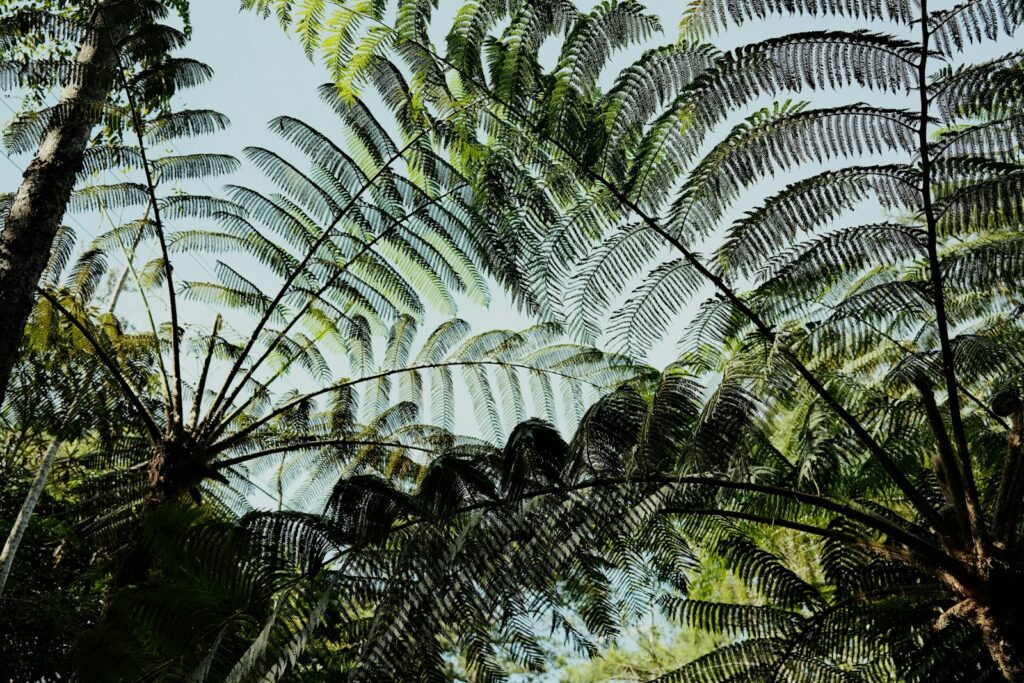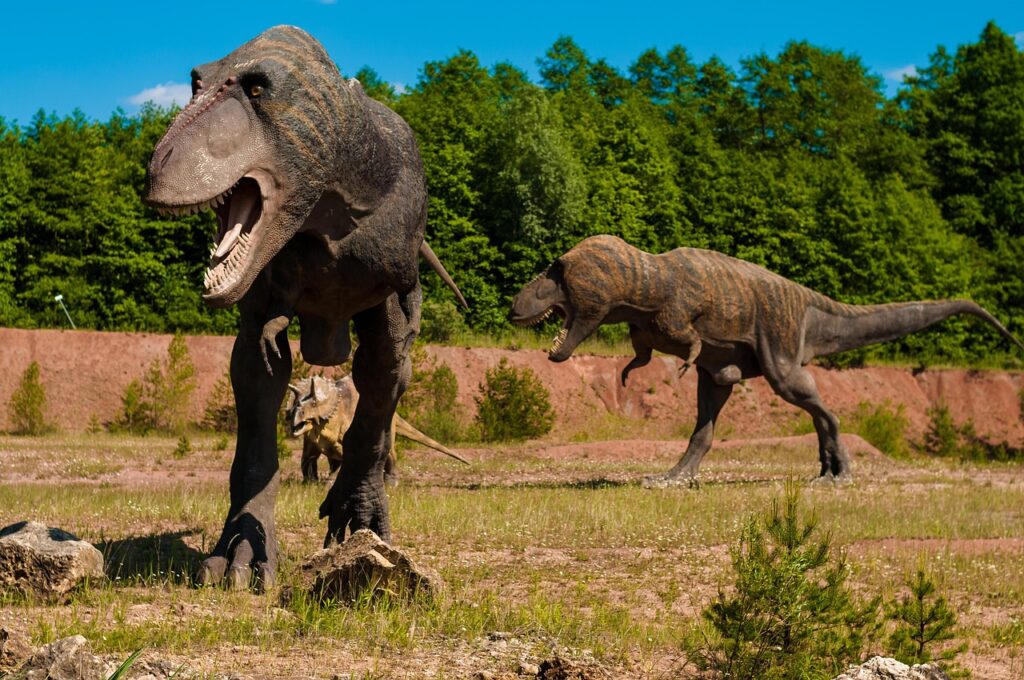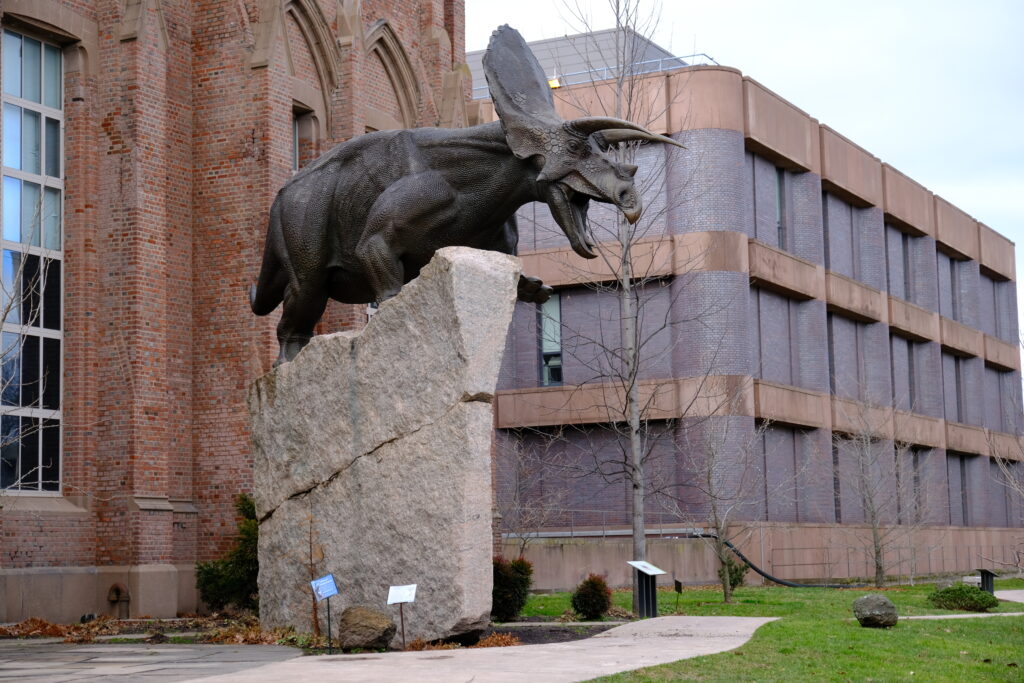Picture this: towering ferns stretching 50 feet into the sky, their fronds casting shadows over landscapes where creatures the size of school buses roamed freely. The Jurassic period wasn’t just an era of colossal dinosaurs—it was a time when the very plants that fed these giants were equally extraordinary. What if I told you that the secret behind the largest land animals ever to walk the Earth wasn’t just evolution, but the incredible plant life that surrounded them?
The Oxygen Revolution That Changed Everything
The Jurassic atmosphere was a breath of fresh air—literally. Oxygen levels during this period reached an astounding 35%, compared to today’s 21%. This oxygen-rich environment didn’t just benefit the dinosaurs; it created the perfect conditions for plant life to explode in both size and diversity.
Plants could grow faster, larger, and more efficiently than ever before. The increased oxygen allowed for more robust cellular processes, enabling trees to reach heights that would be impossible in today’s atmosphere. Think of it like giving plants a constant energy drink that never wore off.
Cycads: The Dinosaur Salad Bar
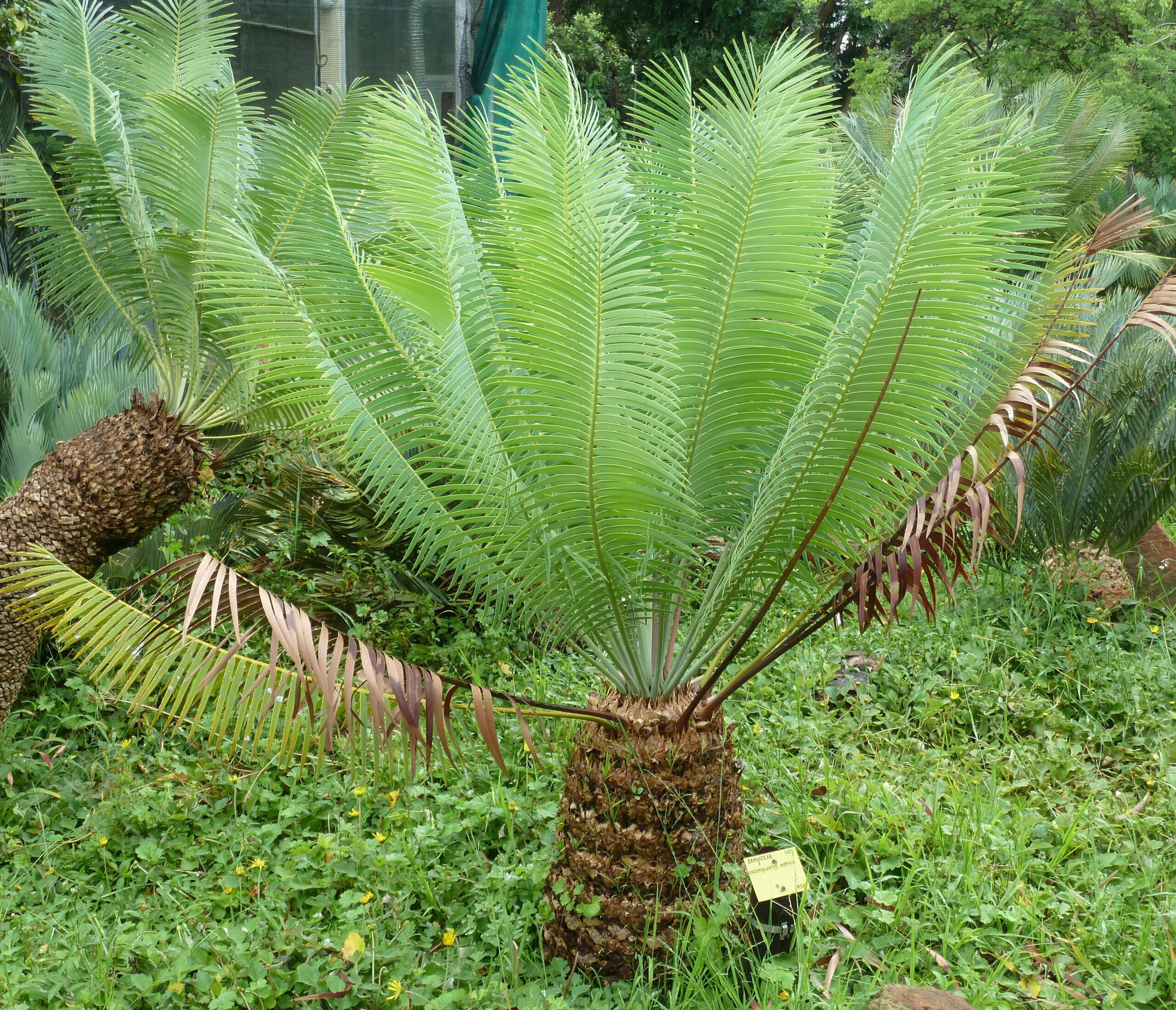
Cycads dominated the Jurassic landscape like palm trees dominate tropical beaches today. These sturdy plants, with their thick trunks and feathery fronds, provided the perfect food source for herbivorous dinosaurs. Some cycads grew as tall as modern oak trees, creating vast forests of these primitive plants.
What made cycads so special was their ability to store massive amounts of nutrients in their trunks and leaves. A single large cycad could feed a Brontosaurus for days, like finding a grocery store in the middle of the wilderness. Their tough, waxy leaves were also perfectly suited to the warm, humid climate of the Jurassic period.
Coniferous Canopies: Nature’s Skyscrapers
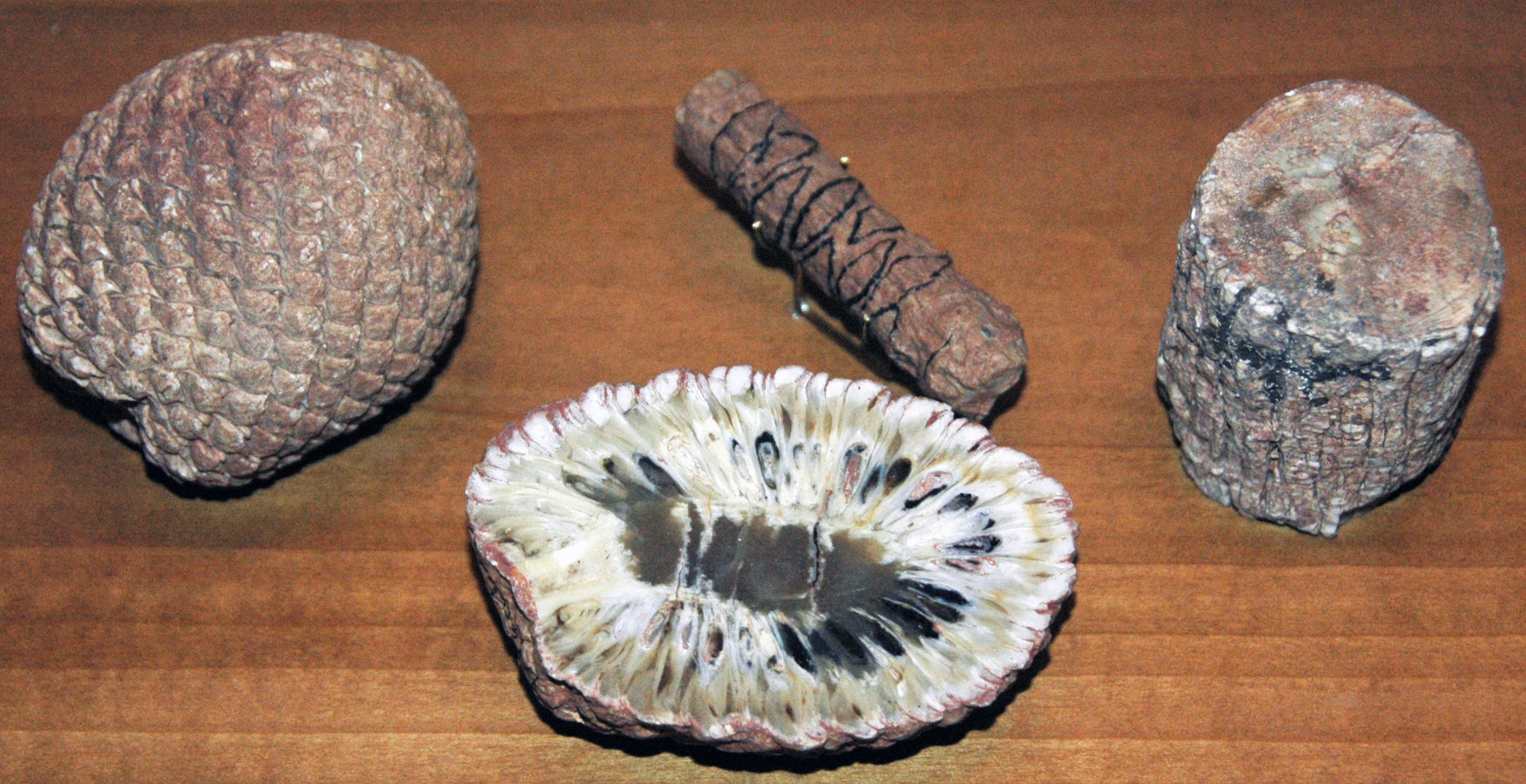
The conifers of the Jurassic period weren’t the modest pine trees we know today. These were botanical giants that stretched toward the sky like natural skyscrapers. Araucaria trees, relatives of today’s monkey puzzle trees, reached heights of over 200 feet, creating dense canopies that filtered sunlight into cathedral-like spaces below.
These towering conifers provided not just food, but entire ecosystems. Their massive trunks supported climbing plants, while their branches created highways for smaller creatures. The sheer volume of plant material available meant that even the largest sauropods could find enough food to sustain their enormous bodies.
Ferns: The Jungle’s Green Carpet
While trees dominated the heights, ferns ruled the forest floor like a living green carpet. Tree ferns grew to incredible sizes, with some species reaching 60 feet in height. Their delicate fronds belied their incredible strength and ability to photosynthesize efficiently in the dappled sunlight of the forest floor.
These weren’t the small, delicate ferns we see in modern gardens. Jurassic ferns were robust, fast-growing plants that could quickly colonize new areas. They created dense understory layers that provided food for smaller herbivores and shelter for countless other creatures.
Ginkgo Groves: Ancient Survivors
Ginkgo trees, those distinctive fan-leaved survivors we still see today, were absolutely everywhere during the Jurassic period. They formed vast groves that stretched across continents, their unique leaves creating a rustling symphony in the ancient winds. These trees were the ultimate success story of the plant world.
What made ginkgos so successful was their incredible adaptability. They could grow in wet soils, dry conditions, and everything in between. Their leaves were highly nutritious, and their ability to drop all their leaves at once created nutrient-rich soil that benefited the entire forest ecosystem.
Bennettitales: The Flower Power of the Jurassic
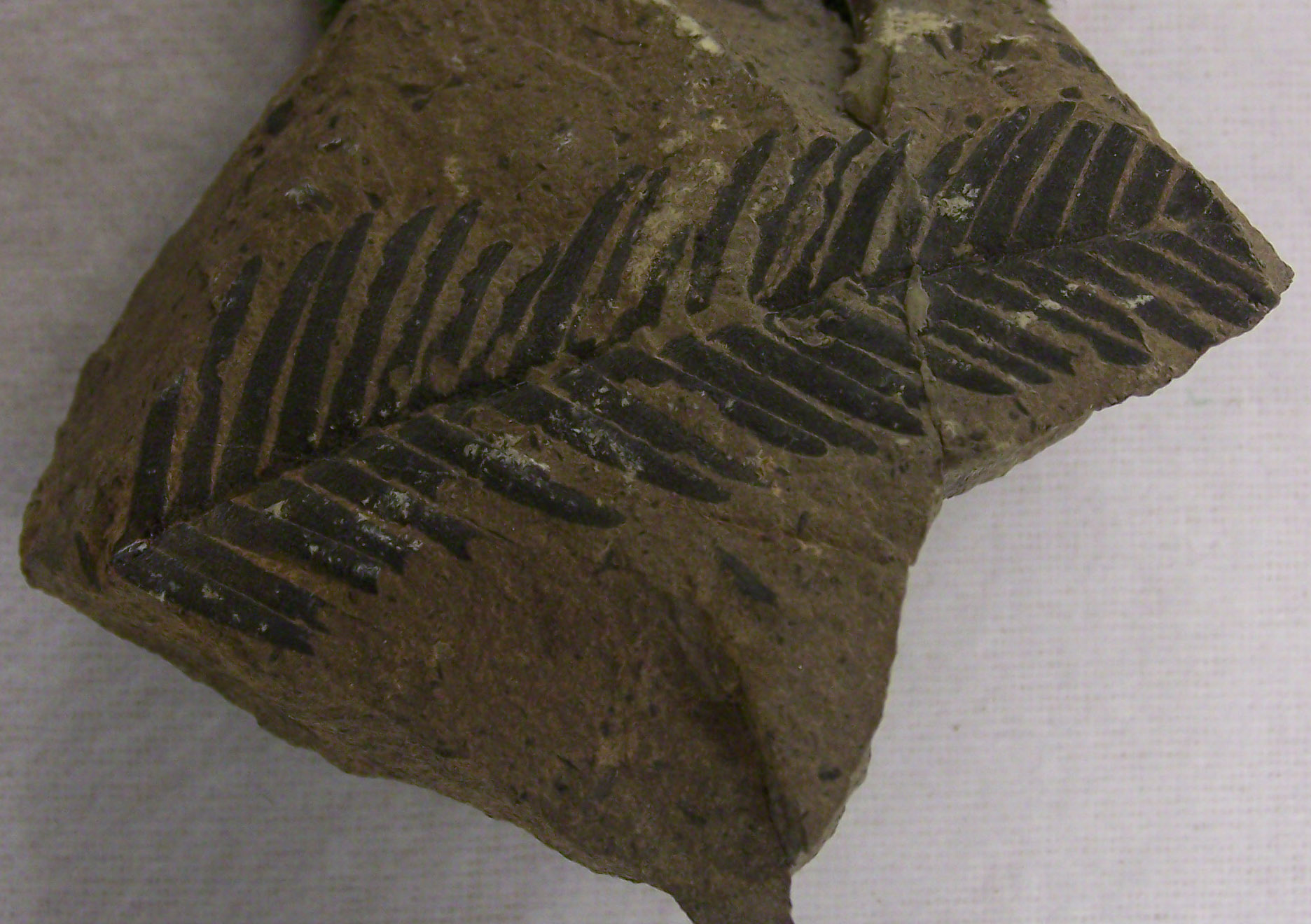
Before true flowering plants took over the world, Bennettitales ruled the Jurassic landscape with flower-like structures that fooled everyone. These plants looked like they had flowers, but they were actually cone-bearing plants that had evolved to attract pollinators in remarkably sophisticated ways.
Bennettitales grew in various forms, from small shrubs to towering trees. Their “flowers” were often large and colorful, creating the first truly beautiful landscapes on Earth. These plants were so successful that they dominated many ecosystems, providing both food and visual splendor to the Jurassic world.
The Photosynthesis Powerhouse Effect
The combination of high oxygen levels, warm temperatures, and abundant carbon dioxide created photosynthesis conditions that were absolutely perfect. Plants could convert sunlight into energy at rates that would make modern plants jealous. This meant faster growth, bigger leaves, and more nutritious plant matter.
Imagine a solar panel that worked at 150% efficiency—that’s what Jurassic plants were like. They could pack more energy into their leaves and stems, creating incredibly calorie-dense food sources. A single branch from a Jurassic tree might contain as much nutrition as an entire modern tree.
The Continental Greenhouse Effect
The Jurassic period was like living inside a giant greenhouse. There were no ice caps, no frozen tundra, just warm, humid conditions from pole to pole. This meant that plant growth wasn’t limited by seasons or harsh winters—it was a year-round growing season everywhere on Earth.
Plants could invest all their energy into growing bigger rather than surviving harsh conditions. Trees didn’t need to develop thick bark to survive freezing temperatures, so they could put that energy into growing taller and producing more leaves. It was like removing all the obstacles from a race track and watching the runners break every speed record.
Mega-Herbivore Feeding Strategies
The largest dinosaurs developed feeding strategies that were perfectly matched to their plant-rich environment. Long necks allowed sauropods to reach high into the canopy, while powerful jaws could strip entire branches of their leaves. These weren’t delicate grazers—they were living bulldozers that could clear entire sections of forest.
Some dinosaurs, like Diplodocus, had rake-like teeth perfect for stripping leaves from branches. Others, like Camarasaurus, had more robust teeth for crushing tougher plant material. The diversity of feeding strategies matched the incredible diversity of plant life available.
Nutritional Density: Quality Over Quantity
Jurassic plants weren’t just bigger—they were more nutritious. The perfect growing conditions meant that plants could pack their tissues with proteins, carbohydrates, and essential nutrients that dinosaurs needed to fuel their massive bodies. It was like the difference between junk food and a perfectly balanced meal.
Modern elephants need to eat for 16-18 hours a day to maintain their body weight. Jurassic herbivores, despite being much larger, could likely get the same nutrition in far less time due to the incredible quality of available plant matter. This freed up energy for other activities and supported their massive growth.
The Forest Floor Ecosystem
The forest floor of the Jurassic period was a busy place. Fallen leaves, branches, and entire trees created a rich layer of decomposing organic matter that supported countless organisms. This wasn’t just dead plant material—it was a thriving ecosystem that recycled nutrients back into the soil at incredible rates.
Mosses, liverworts, and early fungi worked together to break down organic matter faster than ever before. The warm, humid conditions meant that decomposition happened quickly, keeping the soil rich and fertile. This created a positive feedback loop where healthy soil supported bigger plants, which in turn created more organic matter.
Climate Stability and Plant Evolution
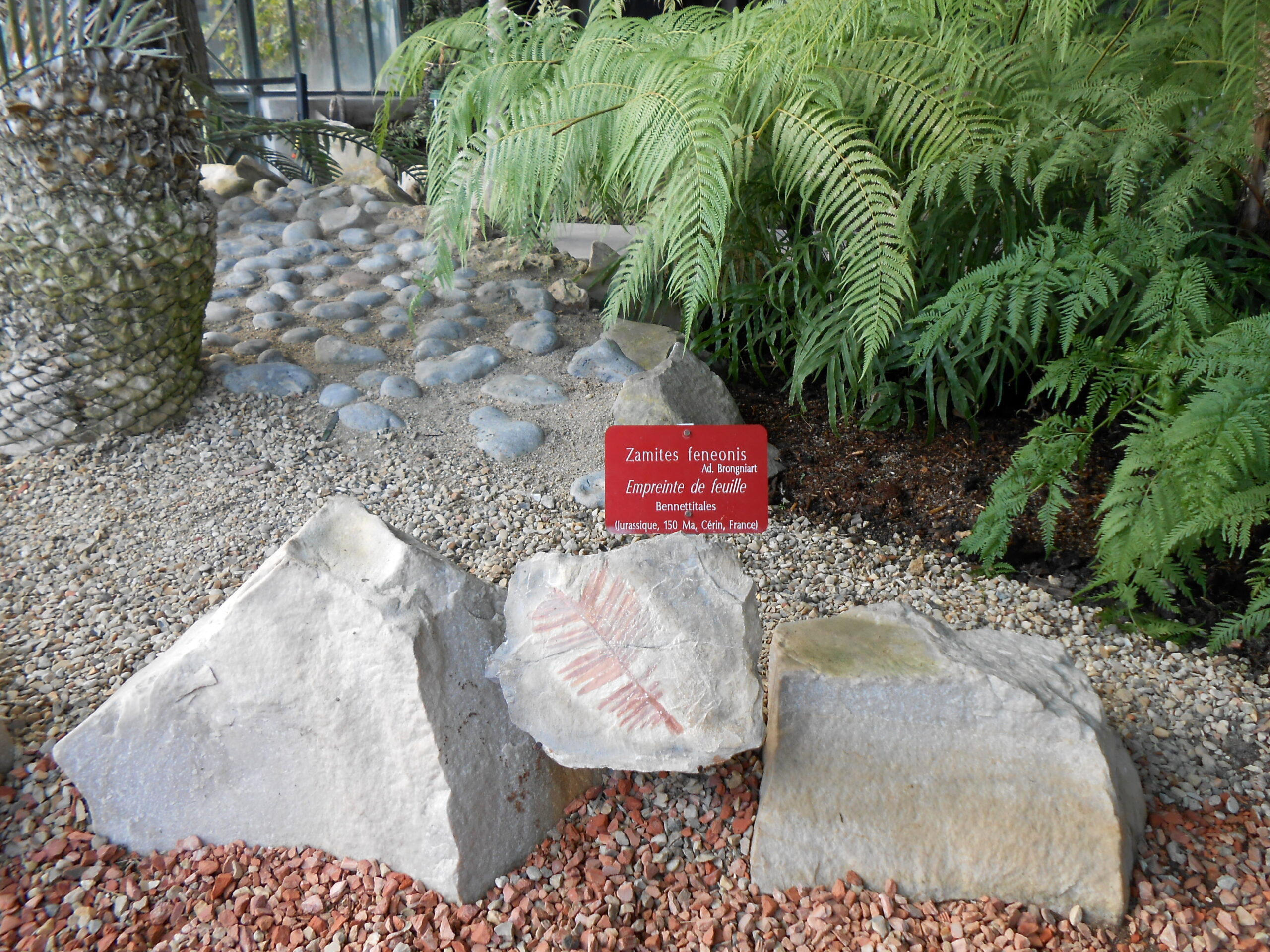
The remarkable climate stability of the Jurassic period allowed plants to evolve in ways that would be impossible during times of rapid environmental change. Without the stress of ice ages or dramatic temperature swings, plants could focus on growing bigger and developing more complex structures.
This stability lasted for millions of years, giving plants time to perfect their designs. Trees could invest in massive root systems because they knew the climate wouldn’t suddenly change. It was like having a long-term lease on the perfect piece of real estate.
The Pollination Revolution
The Jurassic period saw the beginning of complex pollination relationships between plants and animals. While true flowers hadn’t evolved yet, many plants developed intricate structures to attract insects and other pollinators. This was the dawn of one of nature’s most important partnerships.
Flying insects, including early beetles and primitive flies, became essential partners for plant reproduction. Some plants evolved sweet nectar and attractive scents to lure these pollinators. This relationship was so successful that it laid the groundwork for the flowering plant explosion that would come later.
Legacy of the Green Giants
The incredible plant life of the Jurassic period didn’t just support dinosaurs—it fundamentally changed how we think about what’s possible in nature. These ancient forests created oxygen, stored carbon, and supported ecosystems of unimaginable complexity and beauty. They proved that under the right conditions, life doesn’t just survive—it thrives beyond our wildest imagination.
The fossil record shows us tree stumps the size of small houses and leaf impressions that reveal forests more magnificent than anything we see today. These weren’t just plants—they were the foundation of one of the most successful ecosystems in Earth’s history. When we look at the towering redwoods of California or the vast rainforests of the Amazon, we’re seeing pale shadows of what once covered our planet.
What would happen if we could recreate those perfect growing conditions today?

